Again? Didn't we just have a supermoon in mid-August? That's right. But there will be another supermoon on 18 September. Because during this full moon, the moon is very close to the Earth again - even closer than on 19 August.
Its orbit describes an ellipse and the Earth is not exactly in the centre. The closest point on the orbit (perigee) is 356,400 km away, while the furthest point (apogee) is 406,700 km away (see Wikipedia and video on the website Space.com).
The term 'supermoon' refers to a full moon at which the moon has reached at least 90 per cent of its perigee. This is the case four times this year (see website timeanddate.com): On 19 August (360,200 km), on 18 September (357,300 km), on 17 October (357,200 km) and on 15 November (360,100 km).

This is good news for full moon freaks: Supermoon 3.0 and 4.0 will follow, with a moon which appears up to 14 percent larger than a normal full moon. Its glow is even up to 30 per cent brighter.
On 18 September, there will be another event: a partial lunar eclipse. However, the Earth's shadow only hits the edge of the moon. As a result, it only makes a small, wandering dent in its disc from around 4.15 am to 5.15 am.
The moon in September (times for Windhoek): New moon 3 Sept, first quarter 11 Sept, full moon 18 Sept, last quarter 24 Sept.
Four of the five planets visible to the naked eye
The (very) early bird doesn't only catch the worm, but also the planets. Three of them appear in the morning night sky, throughout the month. Jupiter can be seen in the east from around 1.50 am, Mars rises around an hour later.
Saturn can be seen in the west in the morning. Meaning that it appears on the eastern sky in the evening. The ringed planet joins Venus, which is still very close to the sun and sets about an hour and a half after it.
Mercury does not show its face. Seen from Earth, it has just passed in front of the sun and is practically outshone by it.
You can find out more about the starry sky in September in the Astro-News by Lutz von Dewitz in the news section on the website of the Namibia Scientific Society.
Sven-Eric Stender


.png?width=82&height=85&name=Navigate%20Namibia-03%20(1).png)
SUBMIT YOUR COMMENT